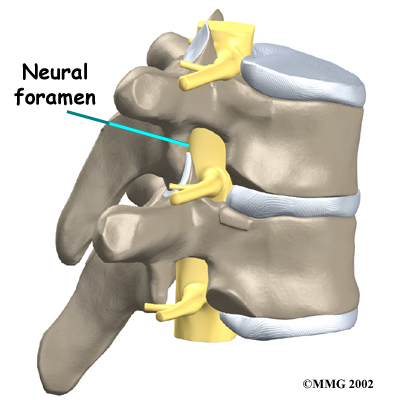Sciatica and Scoliosis
Sciatic and Scoliosis can often co-exist. Scoliosis can sometimes cause pain in the lower back and legs. Most cases of scoliosis in teenagers are asymptomatic and are mistakenly blamed for causing pain. The pain is usually the result of another physical source. However, in adult cases pain is a common complaint.

Most adolescent or juvenile mild to moderate scoliosis may have visible signs but generally show no other symptoms. Even mild curves in adults and more severe curves in children and can present with pain because they cause more extreme stress to the spine. Each of the 33 bones of the spine has a large central opening for the spinal cord. Additional openings called foramen allow the nerves branching from the spinal cord to travel to the arms, legs and other parts of the body. In the case of severe scoliosis curves, the pain results from foraminal stenosis, in which the neuroforamen at the apex of the open end of the curve become drastically narrowed by the curve.

Normally nerve roots have enough room to easily slip through the foramen. However, with misalignment of the spine (subluxation) and conditions like arthritis, the foramen size may become reduced and arthritic bony spurs can develop inside and press on the nerves. This narrowing causes a restriction to the spinal canal, resulting in a neurological deficit. When the passage through which the spinal cord runs becomes narrowed, the condition is called spinal stenosis.
Symptoms of spinal stenosis include:
- Pain in the back, buttocks, thighs, calves, or in the neck, shoulders, or arms
- Numbness
- Weakness in part of a leg or arm
- Burning sensations
- Tingling and paraesthesia (“pins and needles”) in the arms and legs
- Loss of motor control
Often, symptoms will get worse slowly over time. Most often, they will occur on one side of the body or the other, but can involve both legs. Symptoms are more likely to be present or get worse when you stand or walk. They will often lessen or disappear when you sit down or lean forward. Most patients with spinal stenosis cannot walk for extended period of time.

Sciatica is a common form of pain that affects the sciatic nerve. The sciatic nerve extends from the lower back down through the back of each leg. Sciatica is caused by irritation of the roots of the lower lumbar and lumbosacral spine. Sciatica can be caused by misaligned (subluxation), lumbar spinal stenosis, and muscle spasm (Piriformis syndrome).
Symptoms of sciatica include:
- Pain in the buttocks or leg that worsens when sitting
- Tingling or burning down the leg
- Numbness, weakness, or difficulty moving the foot or leg
- Constant pain on one side of the buttocks
- Shooting pain making it difficult to stand up
Sciatica commonly affects only one side of a person’s lower body. Many times the pain will extend from the person’s lower back all the way through the back of their thigh and down through one of their legs. The pain the person experiences may also extend to one of their feet or into their toes, depending on where the sciatic nerve is affected. The pain some people experience in relation to sciatica can be both severe and debilitating. Other people who experience sciatica find the associated pain to be infrequent and irritating; the pain they experience has the potential to worsen. Being overweight, not exercising regularly, wearing high heels, or sleeping on a mattress that is too soft may also make sciatica pain worse.
Sources [1,]